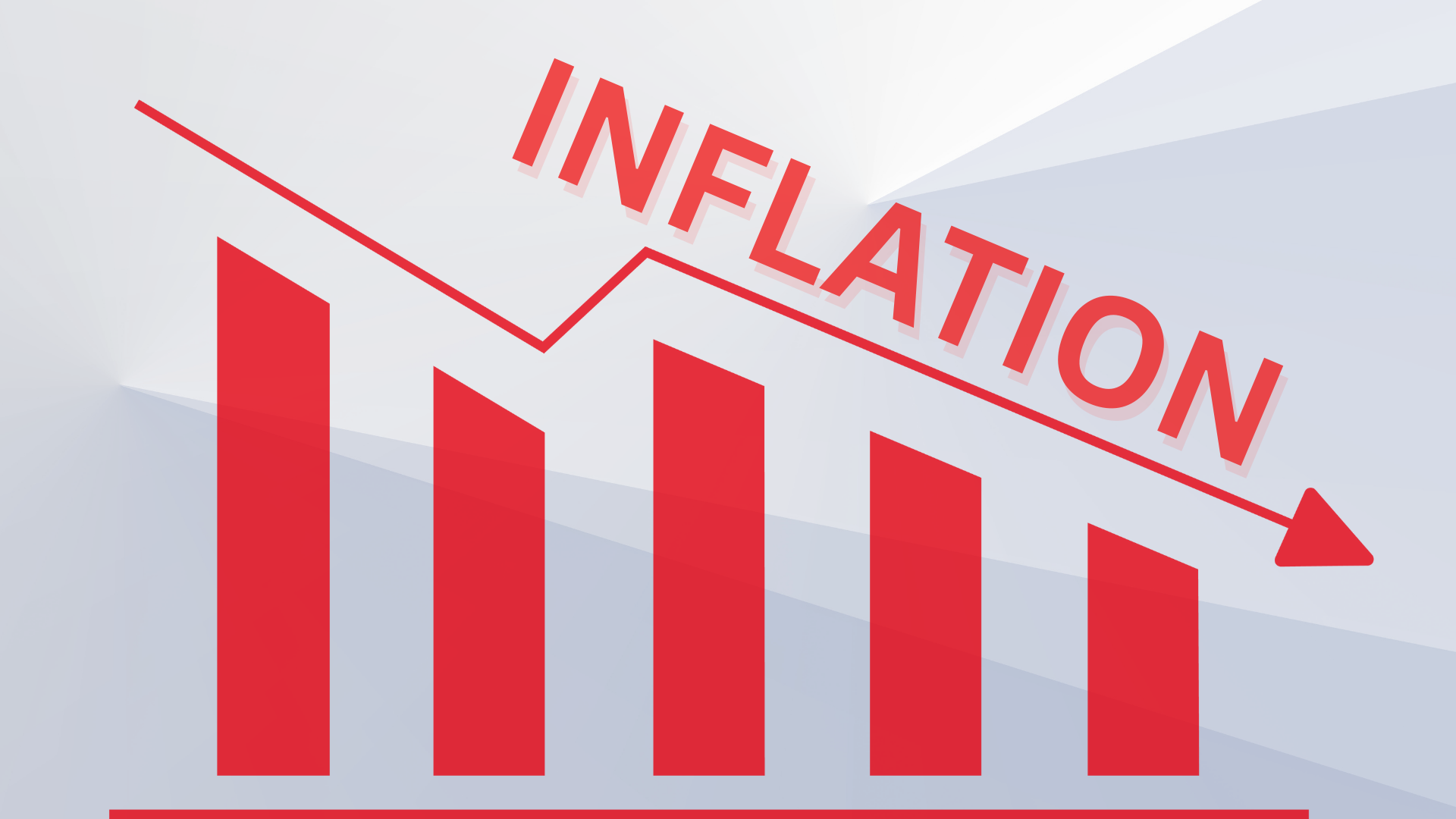
403
Sorry!!
Error! We're sorry, but the page you were looking for doesn't exist.
U.S. Producer Inflation Posts Unexpected Drop in August
(MENAFN) U.S. producer prices posted an unforeseen monthly decline in August, signaling a potential easing in consumer inflation pressures, even as broader economic indicators suggest the full inflationary impact of tariffs may still be looming.
According to newly released data, the Producer Price Index (PPI) fell 0.1% from July, catching markets off guard. Despite the drop, annual consumer inflation remained steady at 2.9%, aligning with forecasts, while monthly consumer prices ticked up 0.4%, slightly above expectations.
Following the report, President Donald Trump took to Truth Social, his social media platform, to call for aggressive monetary easing. “Just out: No Inflation!!! ‘Too Late’ must lower the RATE, BIG, right now,” he wrote. He also sharply criticized Federal Reserve Chair Jerome Powell, saying, “Powell is a total disaster, who doesn’t have a clue!!!”
While producer prices dipped, economists warn against drawing premature conclusions. Andrea Ferrero, an economics professor at Oxford University, pointed to findings from Federal Reserve Bank of New York and Atlanta Fed surveys indicating that businesses may be delaying the pass-through of tariff costs to consumers.
“Some businesses with large profit margins may also be willing to absorb part of the effect themselves. So, the effect of tariffs may not have fully appeared on prices,” Ferrero explained.
He also highlighted recent softening in the labor market, referencing concerns raised by Fed Governor Michelle Bowman. “Whether or not the labor market weakness is related to tariffs or not is hard to say,” Ferrero added.
Bowman, speaking in August, said the latest employment figures reinforced her view that the labor market is weakening. “Recent weak job data underscores her concerns about labor market fragility and strengthens her confidence in her forecast that three interest-rate cuts will likely be appropriate in 2025.”
The latest employment data supports those concerns. The U.S. economy added only 22,000 jobs in August, far short of the 75,000 expected. Moreover, June’s figures were revised downward by 27,000, revealing a net loss of 13,000—the first monthly job loss since December 2020.
Compounding the picture, the Bureau of Labor Statistics (BLS) released preliminary annual revisions to non-farm payrolls, showing a drop of 911,000 jobs from earlier estimates for the year ending in March 2025.
Ferrero noted that the soft labor data could reflect not only the tariff dispute but also broader geopolitical instability. “The weakness may also be related to uncertainty at the global level, which is partly due to the tariff war but also to the war in Ukraine and in the Gaza Strip,” he said.
According to newly released data, the Producer Price Index (PPI) fell 0.1% from July, catching markets off guard. Despite the drop, annual consumer inflation remained steady at 2.9%, aligning with forecasts, while monthly consumer prices ticked up 0.4%, slightly above expectations.
Following the report, President Donald Trump took to Truth Social, his social media platform, to call for aggressive monetary easing. “Just out: No Inflation!!! ‘Too Late’ must lower the RATE, BIG, right now,” he wrote. He also sharply criticized Federal Reserve Chair Jerome Powell, saying, “Powell is a total disaster, who doesn’t have a clue!!!”
While producer prices dipped, economists warn against drawing premature conclusions. Andrea Ferrero, an economics professor at Oxford University, pointed to findings from Federal Reserve Bank of New York and Atlanta Fed surveys indicating that businesses may be delaying the pass-through of tariff costs to consumers.
“Some businesses with large profit margins may also be willing to absorb part of the effect themselves. So, the effect of tariffs may not have fully appeared on prices,” Ferrero explained.
He also highlighted recent softening in the labor market, referencing concerns raised by Fed Governor Michelle Bowman. “Whether or not the labor market weakness is related to tariffs or not is hard to say,” Ferrero added.
Bowman, speaking in August, said the latest employment figures reinforced her view that the labor market is weakening. “Recent weak job data underscores her concerns about labor market fragility and strengthens her confidence in her forecast that three interest-rate cuts will likely be appropriate in 2025.”
The latest employment data supports those concerns. The U.S. economy added only 22,000 jobs in August, far short of the 75,000 expected. Moreover, June’s figures were revised downward by 27,000, revealing a net loss of 13,000—the first monthly job loss since December 2020.
Compounding the picture, the Bureau of Labor Statistics (BLS) released preliminary annual revisions to non-farm payrolls, showing a drop of 911,000 jobs from earlier estimates for the year ending in March 2025.
Ferrero noted that the soft labor data could reflect not only the tariff dispute but also broader geopolitical instability. “The weakness may also be related to uncertainty at the global level, which is partly due to the tariff war but also to the war in Ukraine and in the Gaza Strip,” he said.

Legal Disclaimer:
MENAFN provides the
information “as is” without warranty of any kind. We do not accept
any responsibility or liability for the accuracy, content, images,
videos, licenses, completeness, legality, or reliability of the information
contained in this article. If you have any complaints or copyright
issues related to this article, kindly contact the provider above.


















Comments
No comment